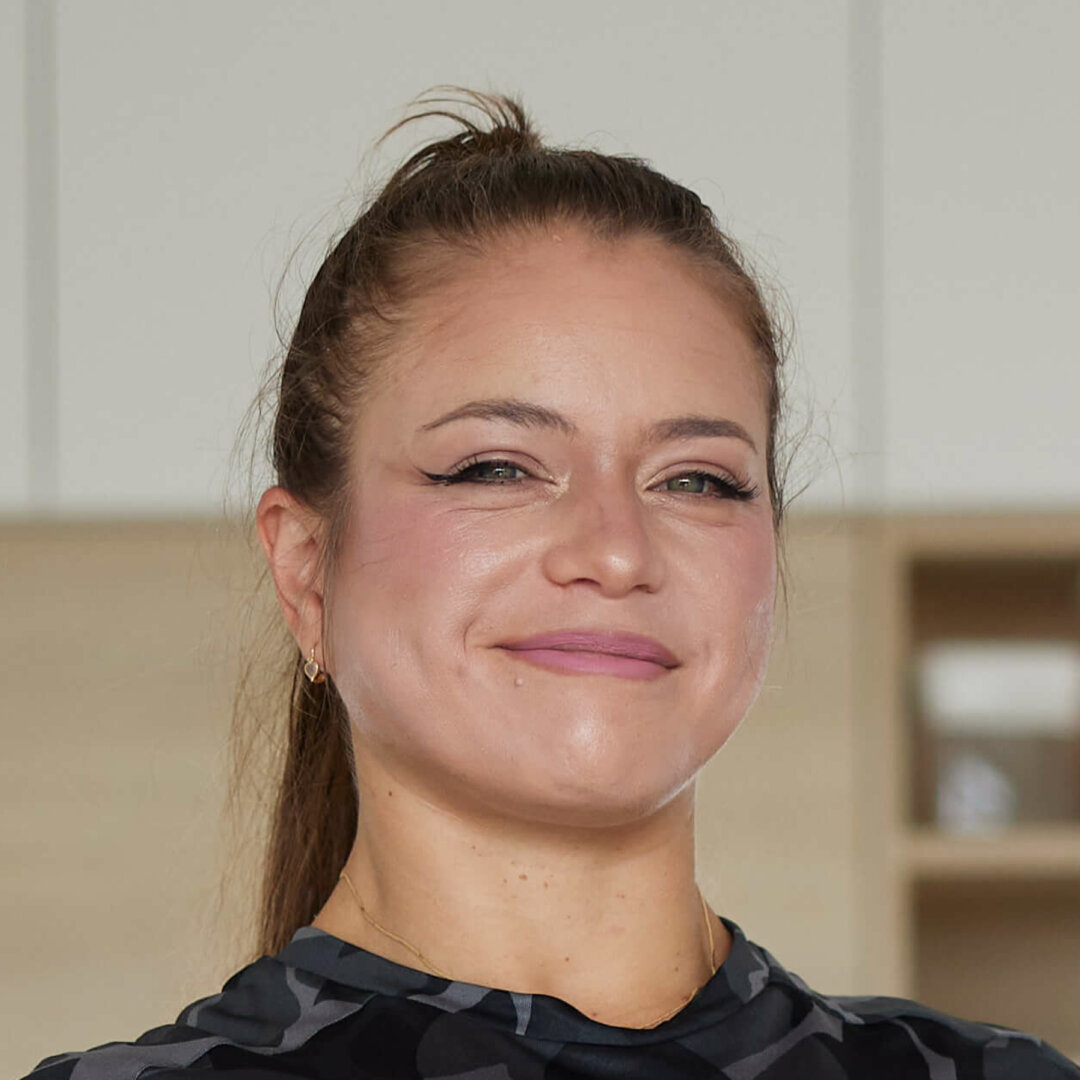While significant progress has been made in understanding the resistance training (RT) strategy for muscle growth, there remains limited knowledge about which training style is better for fat loss. Therefore, in this article, we will explore whether full-body RT is superior to split-body RT in promoting fat mass loss among well-trained males.
Overview
- What did they find? The authors conducted a randomized, controlled, parallel study that explored the effects of full body vs split body training routine on fat mass loss in well-trained males.
- What did they test? Full-body RT led to greater increases in fat mass loss. Additionally, lower levels of muscle soreness, i.e., delayed onset muscle soreness (DOMS) were observed with the full-body routine.
- What does it mean for you? For strength and conditioning professionals and bodybuilders aiming to optimize fat mass loss while minimizing DOMS induced by training, the full-body routine should be considered.
What’s the problem?
Purpose
When it comes to resistance training, fitness enthusiasts often debate the effectiveness of full-body workouts versus split-body routines. Although existing literature has demonstrated that both routines are similarly effective in promoting muscle hypertrophy 1, the split body routine (where muscle groups are trained once a week), is probably more commonly favored by fitness enthusiasts, including well-trained individuals for optimizing muscle hypertrophy gains compared to the full-body routine 2. However, there remains limited knowledge about their impact on fat mass loss.
Therefore, this study aimed to investigate whether a full-body routine is superior to a split-body routine in promoting fat mass loss among well-trained males. The secondary aim was to assess whether a full-body routine induces lower levels of DOMS compared to a split-body routine.
Hypothesis
The authors hypothesized that the full-body routine would result in greater fat mass loss and lower levels of DOMS compared to the split-body routine.
What Did They Test and How?
Participants
Recruitment was carried out through local gyms. The following inclusion criteria were adopted: (1) individuals having at least 3 years uninterrupted experience in RT, (2) bench press/body weight ratio ≥1.0, (3) squat/body weight ratio ≥1.5, (4) absence of myopathies (a group of disorders that primarily affects skeletal muscle, presenting as muscle pain and/or weakness) and arthropathies (a disease of a joint), (5) non-alcohol drinker, (6) non-smoker, (7) non-dietary supplement taker, (8) no use of pharmacological substances (e.g., anabolic steroids) or any illegal muscle growth agents for at least one year before the study.







